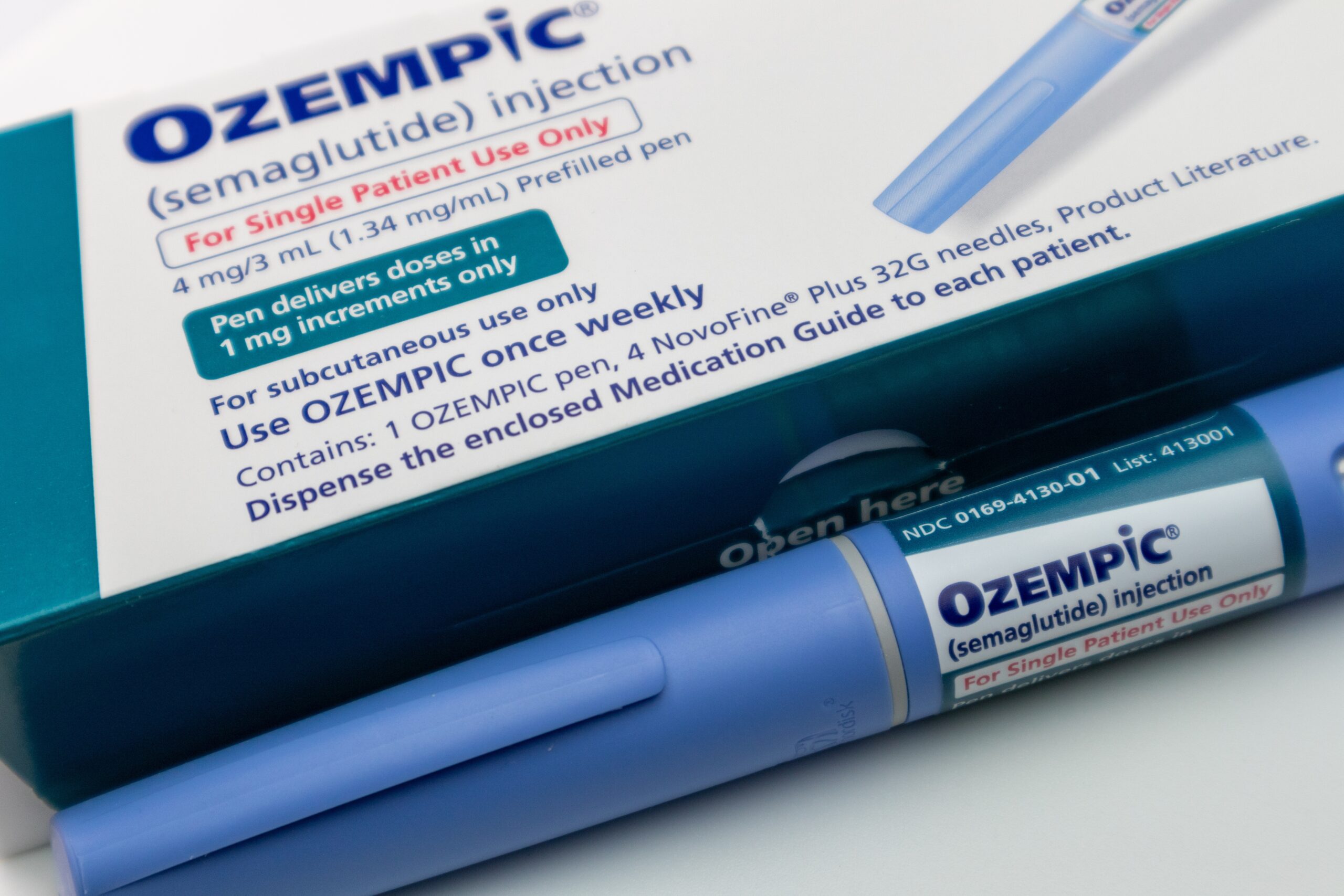The revolutionary weight-loss drug Ozempic is now under fire for potentially fatal side effects that have sparked a high-stakes investigation.
Story Overview
- GLP-1 drugs, like Ozempic, face scrutiny over serious side effects.
- The UK regulator reports nearly 400 pancreatic issues and at least ten deaths.
- Calls for genetic screening to identify at-risk individuals are growing.
- US regulators maintain warnings without a formal probe yet.
Regulatory Concerns and Investigations
The UK’s Medicines and Healthcare products Regulatory Agency (MHRA) has raised alarms after receiving close to 400 reports of serious pancreatic issues tied to GLP-1 receptor agonists, a class of drugs that includes Ozempic. At least ten deaths have been reported, prompting a renewed investigation. These drugs, initially celebrated for their effectiveness in treating diabetes and obesity, are now at the center of a debate over their safety profile.
While the US Food and Drug Administration (FDA) has not launched a formal investigation, it continues to monitor the situation closely and mandates warnings regarding pancreatitis. This divergence in regulatory approaches between the UK and the US underscores the complexities involved in assessing and responding to drug safety concerns.
Balancing Benefits and Risks
GLP-1 receptor agonists have revolutionized diabetes and obesity treatment by mimicking the incretin hormone to stimulate insulin secretion and suppress appetite. However, alongside common side effects like gastrointestinal discomfort, reports of rare but severe complications, including pancreatitis and gallbladder disease, have surfaced. These developments have sparked discussions about the balance between the drugs’ benefits and risks, with some experts advocating for genetic screening to pinpoint individuals who may be more susceptible to these adverse effects.
Pharmaceutical companies, such as Novo Nordisk and Eli Lilly, have reiterated their commitment to safety monitoring and emphasize that the drugs should be used only under medical supervision. They argue that the overall benefit-risk profile remains positive, particularly for patients at high risk of obesity-related complications.
Impact on Patients and Healthcare Providers
The implications of these findings are profound, not only for patients using GLP-1 drugs but also for healthcare providers who prescribe and monitor these medications. Increased awareness of potential risks may lead to more cautious prescribing practices and greater emphasis on informed consent. This situation also highlights the need for ongoing pharmacovigilance and robust data collection to ensure patient safety.
For patients, the news of potentially fatal side effects may introduce fear and hesitation, impacting their willingness to use these otherwise effective treatments. Healthcare providers must navigate these concerns, balancing the need for effective weight management solutions with the imperative to minimize harm.
Future Directions and Considerations
The ongoing investigations and discussions could lead to significant changes in how GLP-1 drugs are prescribed and monitored. The potential introduction of genetic screening protocols could help identify at-risk individuals, tailoring treatment plans to minimize adverse outcomes. Additionally, this situation may prompt a reevaluation of regulatory frameworks and the processes by which drug safety is assessed and communicated to the public.
The pharmaceutical industry and regulatory agencies must work collaboratively to address these challenges, ensuring that the benefits of GLP-1 drugs continue to outweigh the risks. Transparency, rigorous scientific investigation, and patient education will be crucial in maintaining trust in these treatments and the broader healthcare system.
Sources:








